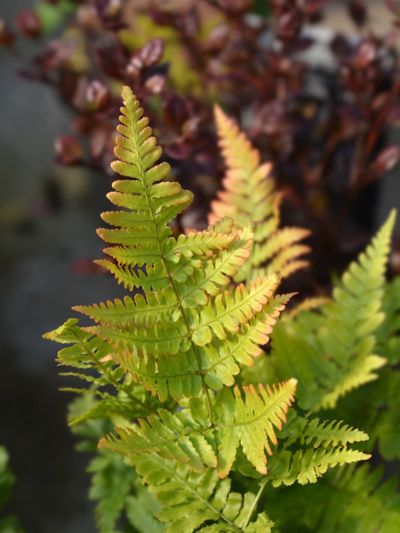Wood Fern Information
With their upright foliage and interesting color, wood fern plants are highly ornamental additions to the garden. Some varieties emerge reddish or coppery pink in spring, maturing to a bright, shiny green as the season progresses. Others are an attractive, bluish-green. Although many wood ferns are evergreen, some are deciduous, dying down in winter and springing back to life in spring. Wood ferns grow in USDA plant hardiness zones 5 through 8, although some may tolerate chilly winters as far north as zone 3.
Wood Fern Growing Conditions
Wood fern plants thrive in moist, rich, well-drained soil. Like most woodland garden plants, they prefer slightly acidic conditions. Planting wood ferns in soil enriched with leaf mold, compost, or peat moss will help create good wood fern growing conditions. Wood fern plants require shade or semi-shade. Like most ferns, wood ferns won’t perform well in intense sunlight, dry soil, or extreme temperatures.
Wood Fern Care
Wood fern care is uninvolved and, once established, these relatively slow-growing plants need very little attention. Basically, just provide enough water to keep the soil from becoming totally dry. Many wood fern varieties tolerate wet conditions and will even grow along a stream or pond. Although fertilizer isn’t an absolute requirement, wood ferns appreciate a light dose of slow-release fertilizer shortly after new growth appears in spring. Wood fern plants appreciate a layer of mulch or compost to keep the soil moist and cool during spring and summer. A fresh layer in winter protects the roots from potential damage caused by freezing and thawing in chilly climates. Insects and disease aren’t common problems for wood fern, and the plant tends to be relatively resistant to damage by rabbits or deer.
